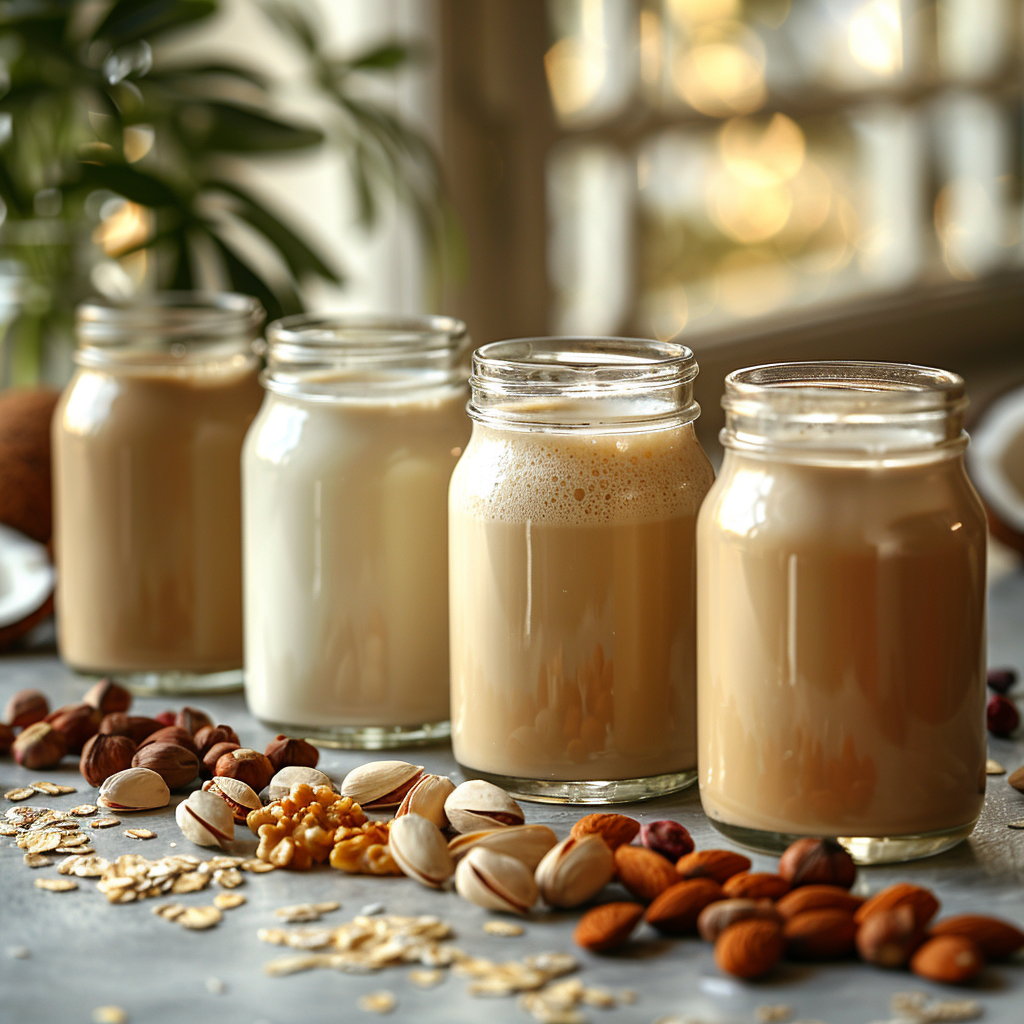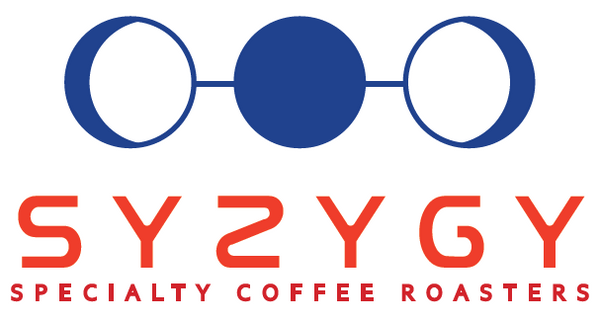
Got Milk?: Best and Worst Milks for Your Coffee
Share
This blogpost will focus on what we consider to be the best milks (traditional or alternative) for espresso-based drinks like a latte, cappuccino, or macchiato.
When diving into the world of these coffees, the choice of milk or milk alternative plays a pivotal role, affecting everything from foam quality to flavor. Not all milks froth equally.
Some milks, like sesame, fail to froth, turning instead into a liquid mess, while others, such as skim milk, manage a form of foam known as microfoam. This variation underscores that milks and milk substitutes vary significantly in their frothing capabilities.
Crafting Your Latte
It's possible to froth all types of milk to some extent, tailored to their end use. Milk alternatives designed as 'barista blends' generally offer a better texture and taste with coffee, making them a favorable choice for those seeking café-quality results at home.
The Crucial Elements for Frothing: Protein and Fat
Successful milk frothing hinges on two key components: protein and fat. Protein is crucial for foam formation, while fat enhances the flavor. Many alternative milks lack sufficient protein, leading to the creation of 'barista blend' versions that include protein stabilizers for improved foam stability and the ability to create latte art. The fat content primarily influences the milk's taste.
Best Dairy and Non-Dairy Milks for Lattes
Whole Milk (Top Pick for Dairy)
Whole milk is the all-star for lattes. It's got the perfect balance of fat for awesome flavor and texture. It's what most cafes use and what you've probably had in most of your coffee drinks. It makes your latte creamy, rich, and just plain delicious. Basically, it's the milk that other milks want to be when they grow up.
Skim Milk
Skim milk is the lean option. It's not as creamy as whole milk, but it can still foam up nicely. If you're into lighter lattes or watching your calories, skim milk is your friend. Just know, it won't give you that rich latte vibe whole milk can.
Half-and-Half (Not the Best Idea)
Half-and-half is super rich—think latte meets ice cream. It's too much for most people, making your drink more of a dessert than a coffee. Great for a treat, but maybe not every day.
Oat Milk (Top Non-Dairy Choice)
Oat milk is the cream of the crop for plant-based milks. It's got a natural sweetness and froths up really well, making it a solid choice for dairy-free lattes. Plus, it's pretty friendly for people with allergies or dietary restrictions.
Almond Milk
Almond milk is a bit trickier to work with because it's not as fatty, but the barista blends do a decent job. It's a bit of an effort to get that creamy texture, but if you love the taste, it's worth a shot.
Cashew and Other Nut-Based Milks
Nut milks like cashew are on the creamier side, which is great for your latte. They don't need much added to them to work well in coffee, giving you that nice, smooth texture and flavor boost.
Pea-Based Milk
Pea milk is a heavyweight in the protein and fat department, making it a good pick if you're avoiding dairy but still want your latte to have that traditional feel. It's kind of the dark horse of milk alternatives.
Coconut Milk
Coconut milk is a bit of a wild card. It's got a unique taste and a lot of fat, but not a lot of protein, so getting that perfect froth can be a bit of a challenge. It's great for flavor, though, if you can master the frothing game.
Evaporated Milk (An Interesting Choice)
Evaporated milk, with its concentrated form and a touch of natural sweetness, offers a unique alternative for those seeking richness and depth in their lattes. Unlike regular milk, it has been reduced to about half its original volume, resulting in a creamier texture and a slightly caramelized flavor. This attribute makes it an intriguing choice for coffee enthusiasts looking to experiment with the creaminess and flavor profile of their beverages. While not traditional for lattes, its rich consistency can be adjusted with water to achieve the desired thickness, providing a versatile and flavorful option for those willing to explore beyond standard milk choices.
Soy Milk (Worst of the Non-Dairy Category)
Soy milk is less ideal for frothing due to its tendency to curdle more easily when mixed with coffee, making it better suited for cold brews or iced coffees.
In short, this is our own personal ranking:
- Whole Milk
- Oat Milk
- Evaporated Milk
- Cashew and Other Nut-Based Milks
- Pea-Based Milk
- Skim Milk
- Almond Milk
- Coconut Milk
- Half-and-Half
- Soy Milk
The choice of milk or milk alternative significantly affects the latte experience, boiling down to personal preference and the ability to adapt steaming techniques to the chosen milk's frothing behavior.
